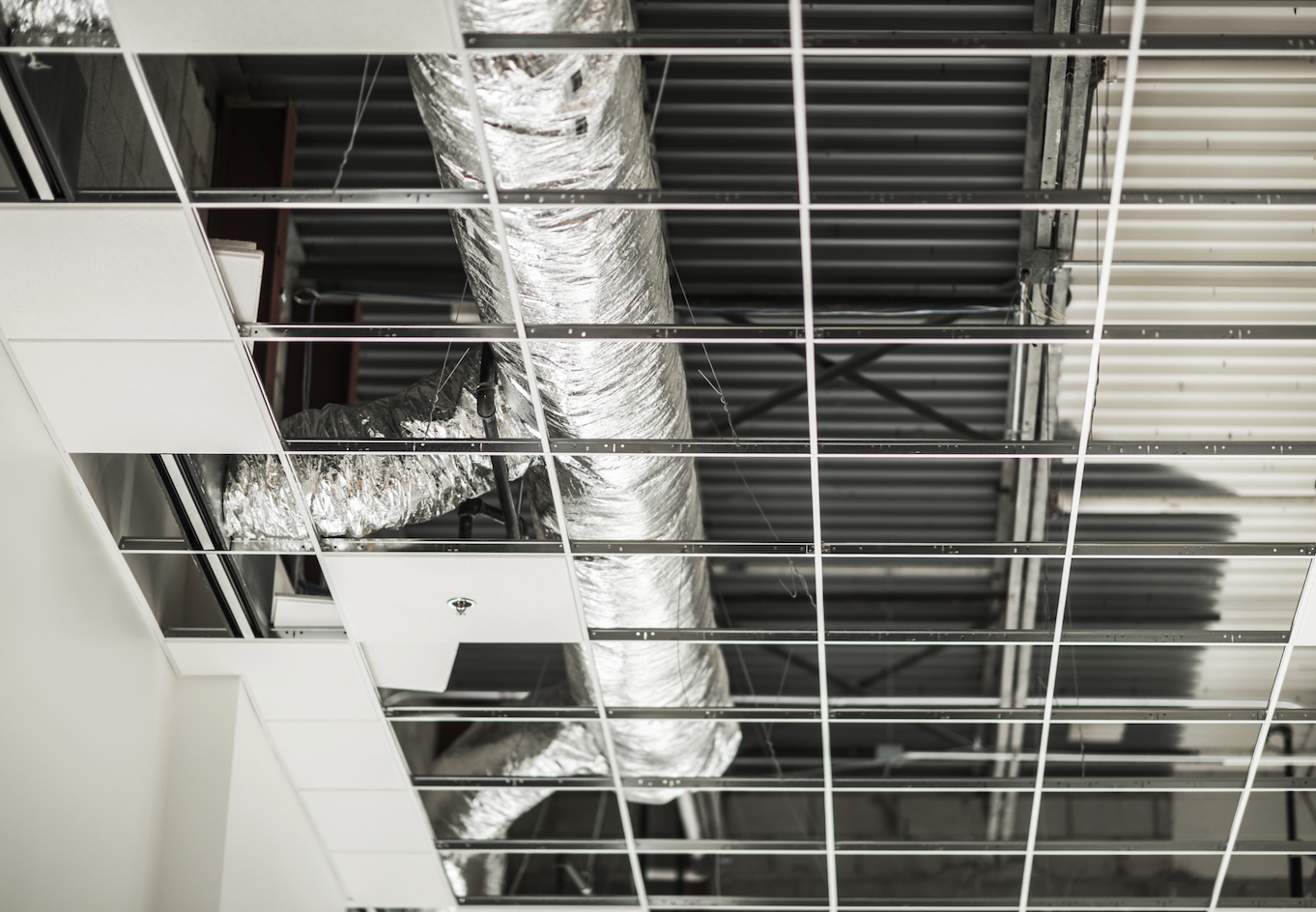In today’s fast-paced commercial landscape, energy efficiency is paramount. For businesses, particularly those operating in regions with extreme temperatures, a well-designed and maintained commercial aircon installation is not just a luxury but a necessity. It significantly impacts operational costs, employee comfort, and overall productivity. This article will delve into strategies for optimizing commercial aircon installation to achieve maximum efficiency.
Understanding the basics of commercial air conditioning
Before delving into efficiency strategies, it’s essential to grasp the fundamental components of a commercial aircon installation. These typically include:
HVAC units: The central units that heat or cool the air.
Ductwork: The network of ducts that distribute conditioned air throughout the building.
Thermostats: Devices that control the temperature.
Vents: The openings through which conditioned air enters the space.
Strategies for enhancing efficiency
Regular maintenance
Filter replacements: Dirty filters restrict airflow and reduce efficiency. A regular maintenance schedule ensures clean filters.
Coil cleaning: Evaporator and condenser coils should be cleaned to optimize heat transfer.
Ductwork sealing: Leaky ducts can lead to significant energy loss. Sealing them can improve efficiency and comfort.
Proper sizing
Oversized units: An oversized unit cycles on and off frequently, leading to short cycles and increased wear and tear.
Undersized units: An undersized unit struggles to cool the space effectively, leading to higher energy consumption.
Thermostat placement
Ideal location: Thermostats should be placed away from direct sunlight, drafts, and heat sources for accurate readings.
Programmable thermostats: These allow for customized temperature settings based on occupancy and time of day, reducing energy consumption during off-peak hours.
Ductwork design
Insulation: Insulating ductwork reduces heat loss or gain, improving efficiency.
Proper sizing: Ductwork should be sized correctly to ensure adequate airflow.
Zoning
Divide and conquer: Dividing a large building into smaller zones allows for more precise temperature control, reducing energy consumption.
Natural ventilation
Leverage outdoor air: When weather permits, open windows to take advantage of natural ventilation.
Energy-efficient equipment
SEER rating: The Seasonal Energy Efficiency Ratio (SEER) measures a system’s efficiency. Higher SEER ratings indicate greater efficiency.
The role of a professional
While some maintenance tasks can be DIY, a commercial aircon installation is a complex system that benefits from professional expertise. Companies like New Season offer comprehensive services, including:
Installation – New Season specializes in installing top-of-the-line commercial aircon systems tailored to specific needs.
Maintenance – Their skilled technicians perform regular maintenance to ensure optimal performance and longevity.
Repair – Should any issues arise, New Season provides prompt and efficient repair services.
By partnering with a reputable company like New Season, businesses can ensure that their commercial aircon installation is not only efficient but also reliable and long-lasting.
Optimizing commercial aircon installation is a multi-faceted endeavor that requires a combination of proper equipment, efficient design, and regular maintenance. By following the strategies outlined above and partnering with a trusted professional like New Season, businesses can significantly reduce their energy consumption, improve indoor air quality, and create a more comfortable environment for employees and customers.
